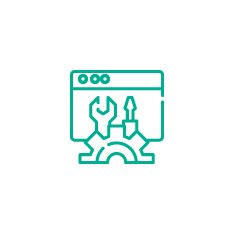October marked the four year anniversary of the Neo MainNet launch. While the Neo community took a moment to reflect on how far we’ve come, October’s focus was very much on looking forward.
The next milestone on the Neo calendar is Neo3 Preview4, which is planned to be the final Neo3 preview version before we reach TestNet. All community development groups reported progress on Neo3 products, while the Neo core developers continued to whittle down the list of outstanding tasks on the Neo3 Preview4 checklist.
The Neo3 governance and economic model is now in its final stages, having undergone extensive testing in terms of functionality and efficiency. Voter incentives such as GAS distribution based on governance participation are being merged into the master branch.
A proposal is also currently being investigated to allow MPT to be configured to only support the latest state. Possible improvements include increased TPS and reduced disk usage. Other various Neo3 progress included refactoring, new methods, and fee changes.
On the community side, explorers by COZ and NEL received updates in service of Neo3. COZ completed it’s Neo3 API for Dora, while NEL added a Neo3 TestNet contract list page to NELScan, including information such as contract hash, creation time, name, and author.
NEL also made updates to its Teemo wallet to distinguish the Neo3 dAPI functionality from Neo2, while NEXT integrated support for the Neo3 TestNet into NeoLine mobile.
Development tools received a lot of attention in October. COZ released v0.5.0 of the Boa Python contract compiler, with substantial improvements to its CICD Framework, including integration with the native Neo3 Test Engine. COZ also made progress on neon-js, with v5.0.0-next.5 scheduled to be released alongside Neo3 Preview4, enabling the majority of features required for projects or applications that wish to integrate with Neo3.
AxLabs published v3.4.0 of neow3j which brought significant improvements to its SDK, including an API for interaction with non-fungible tokens following the NEP-11 standard. The compiler also received several improvements, including the ability to emit debugging information, allowing developers to debug Java smart contracts in the Neo Blockchain Toolkit for VS Code.
Finally, Neo SPCC rolled out substantial updates to NeoFS, publishing the sidechain smart contracts and releasing the NeoFS CLI and storage node for public use. The NeoFS governance model was also completed, while a MetaStor prototype has been mostly completed and is undergoing benchmarking. Neo SPCC is also preparing to deploy its CDN ready for the Neo Preview4 TestNet.
The full Neo Global Monthly Report for October can be found below.
















